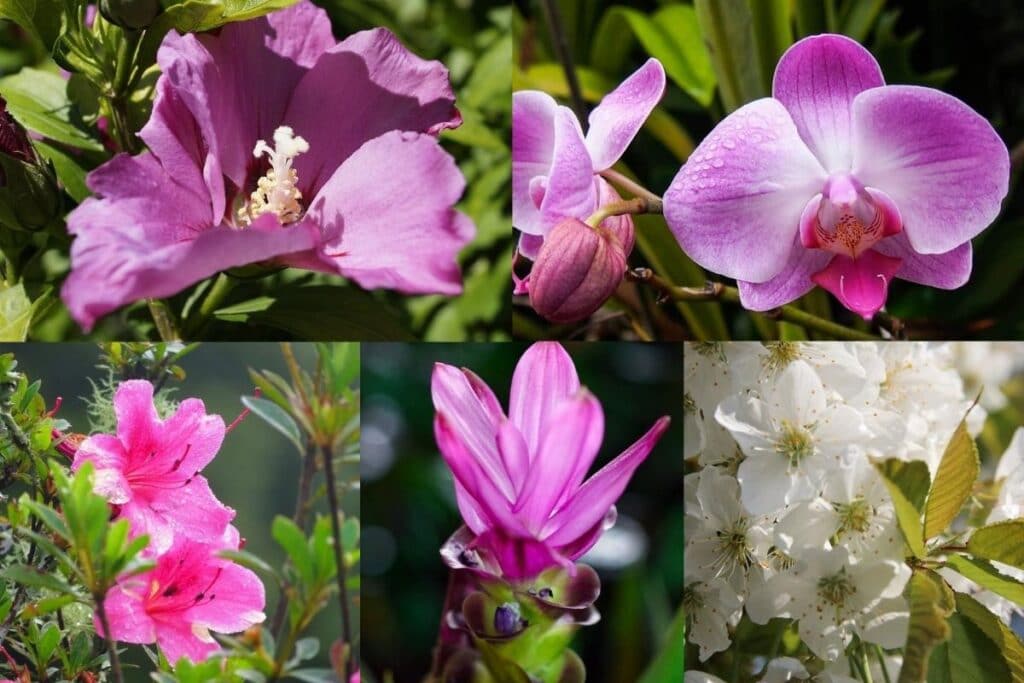Asia is a large continent with varied geography. Although many Asian flowers are imported here, the vast majority of this continent’s diverse blooms are found growing in the wild.
Believe it or not, there are many Asian flowers that have deep symbolic meaning in Chinese culture in addition to their stunning physical appearances.
Many of these plants were given their designated nomenclature by French botanist Pierre Magnol, who is credited with the sudden explosion in the discovery of plants around the world, including in East Asia.
Others of these plants were discovered later and have risen to fame, with more than one serving as a state flower or national flower in different places around Asia.
Here’s what you need to know.
#1. Lotus
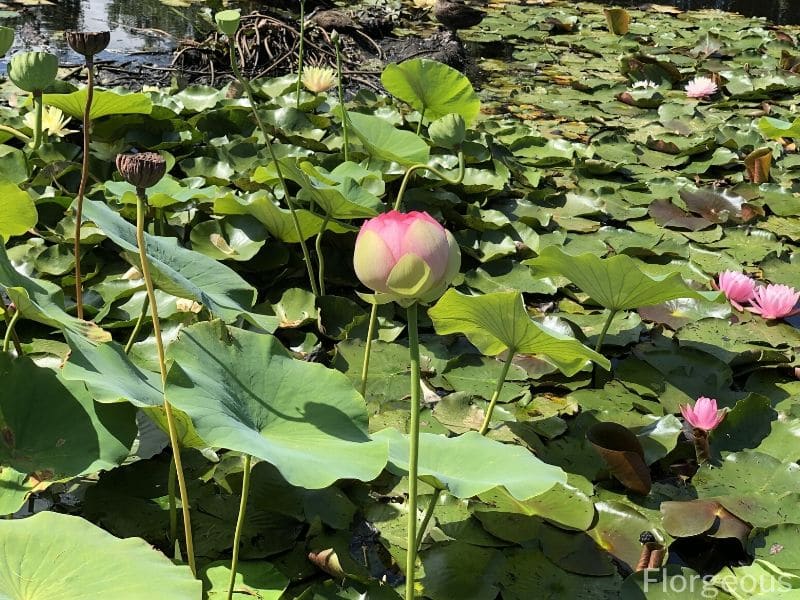
Lotus flowers grow in Asia, renowned by Hindus and Buddhists alike. These flower buds bloom atop the water, sprouting from plants that look like water lilies. They are hardy to temperatures of 50 to 90 degrees, a vast range that makes this Asian flower incredibly hardy and easy to grow.
The lotus flower is typically viewed as a symbol of rebirth, regeneration, purity, and enlightenment.
The lotus flowering plant is very popular in South East Asian countries such as Vietnam. Different parts of this plant have many medicinal properties and culinary uses.
#2. Frangipani
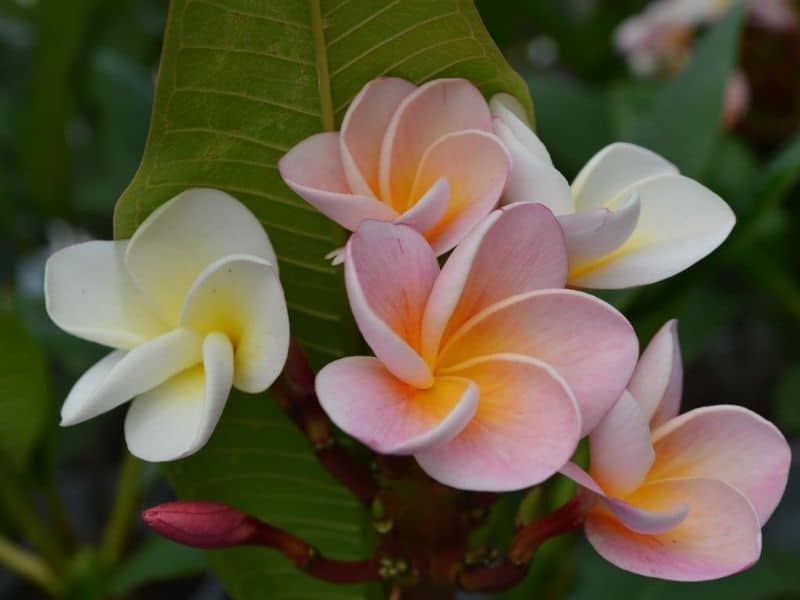
Native to Thailand and other parts of Asia, these beautiful blooms are found in pink, white, and yellow flowers. It’s often used in spiritual rituals and has a sweet, cloying fragrance. The trees are believed by some to house ghosts and spirits—and are often associated with bad luck.
#3. Orchid

Orchids are popular houseplants all over the world, but at one point in time, they all originated from Asia. They grow best in a porous medium, like bark, with excellent drainage. This is because, in the wild, orchid flowers blossom and grow on the bark of trees instead of in the soil.
The orchid is generally viewed as a symbol of beauty, love, strength, and luxury. They are often associated with virility, too, particularly in ancient Greek culture. An orchid is a very popular ornamental plant.
#4. Chrysanthemum
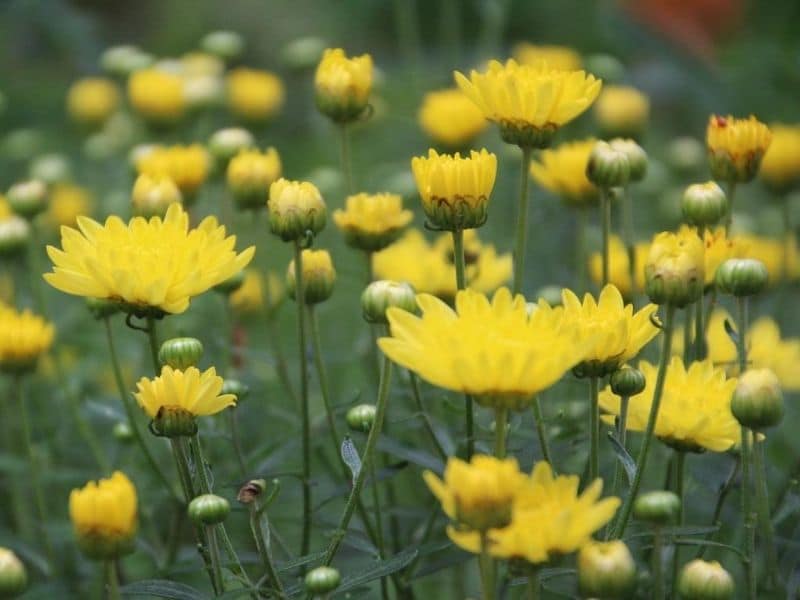
Chrysanthemums, or mums, originated in China. These flowers are technically flowering herbs and were once used in Chinese medicine. Traditionally golden, the flowers are now found in all shapes, colors, and sizes.
When it comes to chrysanthemum symbolism, these flowers are generally viewed as symbols of devotion, love, loyalty, and longevity.
#5. Siamese Tulip
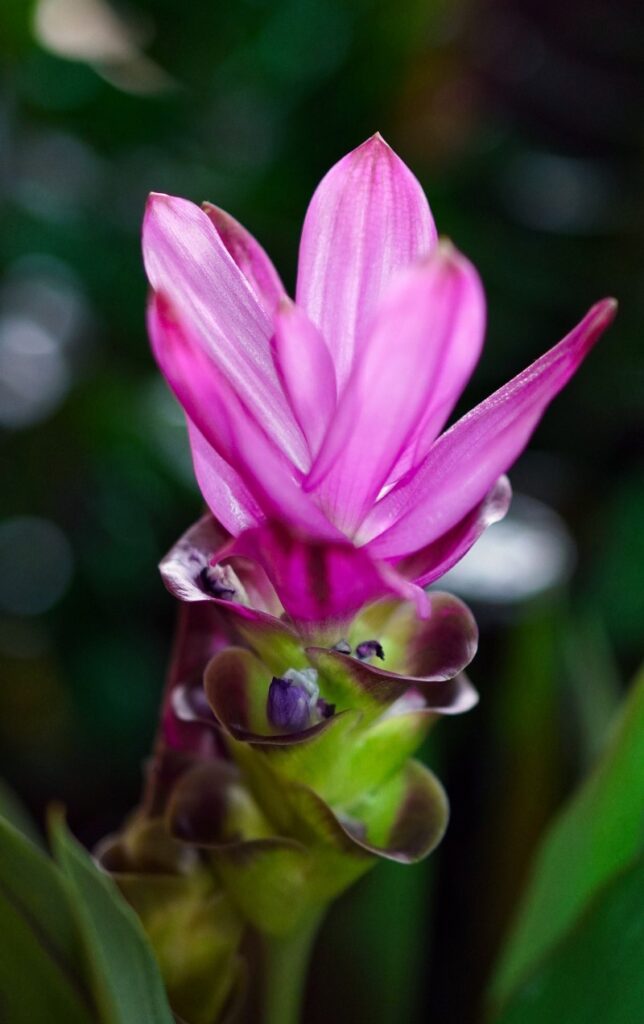
Also known as the krachiao flower or curcuma alismatifolia, the Siamese tulip is a lovely purple flower that blooms first at the beginning of the rainy season. It’s found primarily in Thailand and is believed to represent love.
#6. Jasmine Flowers
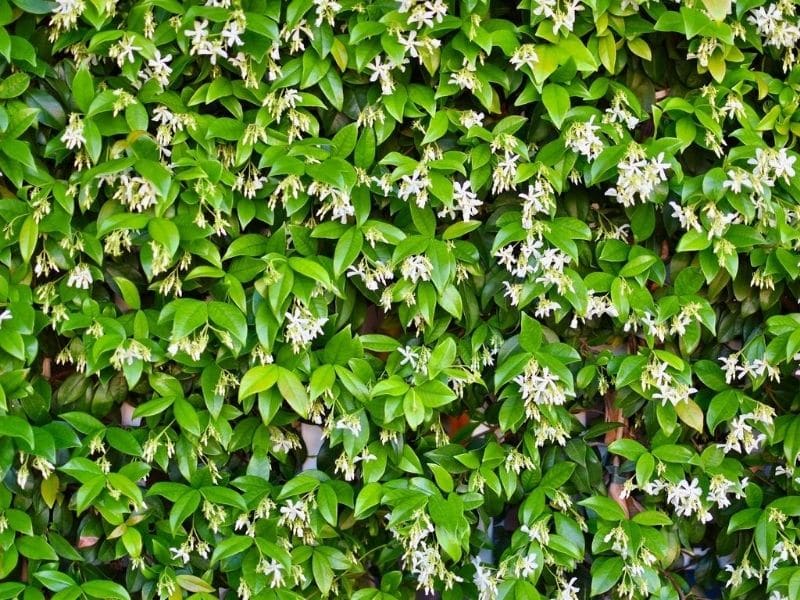
Jasmine has a sweet aroma that is famous all around the world. It’s a representative of the gentle, pure love between a mother and child. However, it is often used in temple offerings, decorations, and as gifts to elders. Jasmine, with its sweet fragrance, is a popular flower that can be eaten raw and is often used in tea (we all love jasmine tea!) in Asian culture as well as in the west. It has deep symbolism and is mentioned in countless ancient Chinese poems.
#7. Hibiscus Flower

Although hibiscus flowers are most often associated with Hawaii, this beautiful flower is found in Asia, too. Known as roselle or chinese rose or Chinese hibiscus, these beautiful flowers can be found in all kidneys of shapes and colors.
The hibiscus flower meaning is associated with fame, glory, and wealth. However, since the blossoms are short-lived, many also view this flower as representative of fleeting success or beauty.
#8. Azalea Flowers

Azaleas first blossom in the spring, pushing out flowers in beautiful shades of pink, white, and red. These shrubs produce flowers for several weeks, representing prosperity and happiness.
See more: Azalea flower meaning and symbolism
#9. Cherry Blossom
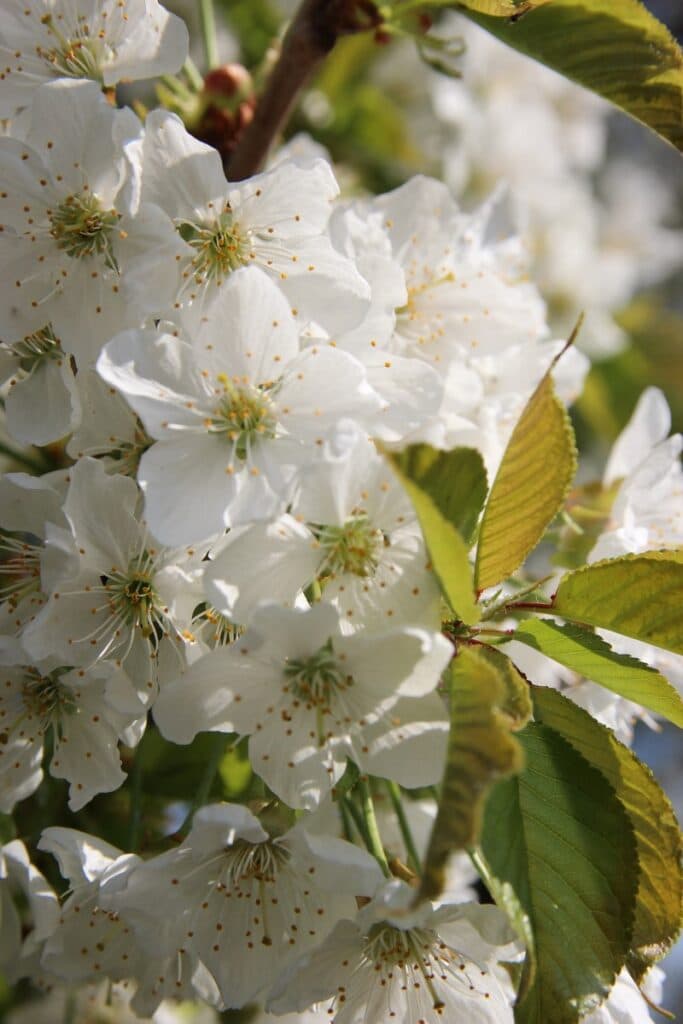
Cherry blossoms are integral to Japanese culture and their national flowers, blooming first in the spring and then inspiring festivals all around the year. Early in the 20th century, Japan donated several of these trees to the United States, so the beautiful blossoms can now be found outside of Japan as well.
These trees produce delicate white and pink flowers that are believed to represent revival and new beginnings. See this cherry blossom flower meaning article for more interesting facts.
#10. Peony
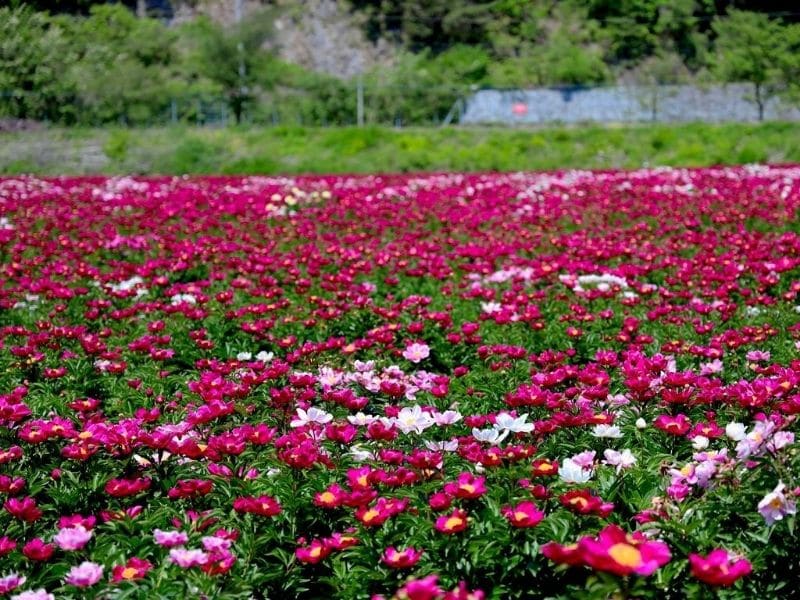
Peonies are found primarily in China and are viewed by many as the country’s unofficial national flower. They symbolize prosperity, honor, and richness. These flowers, with their lovely double blooms, have a long blooming season and grow well in moist soil. They come in many colors, including reddish violet, white, and more.
Which Flowers Are Right For Your Garden?
Of course, the list of flowers doesn’t end here! Other popular flowers include:
- Philippine wax flower
- The wild ginger flower
- Plum blossom
- Padauk (this yellow flower symbolizes the Burmese new year)
- Magnolia sieboldii (the national flower of North Korea)
- Titan arum (corpse flower)
- Iris nigricans (Jordan’s national flower)
- Ghost plant (these are unique parasitic flowering plants!)
- Pitcher plant
- Rose of sharon (the national flower of South Korea)
- Golden shower tree (Cassia fistula)
- Torch lily
- Porcelain rose (in the genus Rosa)
- Water lily
Add one of more of these blooms on our Asian flowers list to your list of plants to grow this spring!
Many people choose to grow these popular flowers because they are acclimatized to conditions all around the world. You don’t have to worry about having tropical conditions in your garden because, in most cases, many of these Asian flowers are hardy to common growing conditions in the United States.
Whether you choose to use these flowers from Asia as cut specimens for a bouquet or grow them right in your own backyard, you can enjoy their beauty and symbolism all throughout the seasons of the year.
Up Next: Top Chinese Flowers

